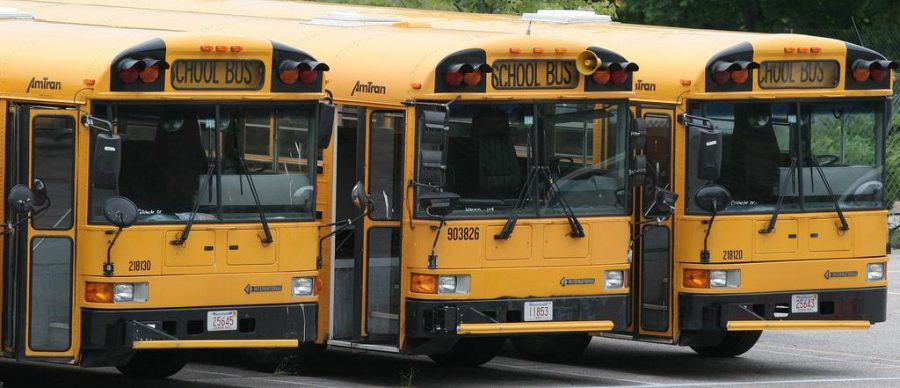According to the cliché catchphrase, everything is bigger in Texas, but in one key area, Utah has the Lone Star state beat. Utah has the second largest average class size for elementary schools. As many areas across the Wasatch Front balloon in growth, the problem is likely to get worse, not better. And everyone from students and parents to teachers and administrators is paying the price.
The problems presented by overcrowding in schools go far beyond scores on standardized testing, though SAGE test scores did go down overall last September. Teachers are unable to provide individualized instruction, and it becomes difficult to maintain a focused, disciplined classroom. Some teachers with supersized classrooms complain that they are unable to keep up with grading or assign appropriately rigorous coursework. Students and teachers at the most crowded schools report numerous challenges. According to a recent KSL report on overcrowding, one student waited until 7:00pm to get help from a teacher, while another said that students would sit in shelves or on the floor when classrooms ran out of desks.
Even outside the classroom, the schools themselves have become unmanageably large. High schools in fast-growing areas, like Herriman High School and Westlake High School in Saratoga Springs, are well over capacity. The problem is particularly dire in Herriman, after residents rejected an initial bond to build more schools. (A later version passed). Because it takes several years to build a high school, Herriman High may have 4,700 students by the time a new school is built. On these campuses, many students attend portable classrooms. These are hardly ideal spaces for learning and they may pose safety risks. Civil and structural engineers worried that Herrimans’ portables may not be up to building code, and administrators say that these buildings may pose threats during a lockdown or other emergency.
With these constant challenges, it is no wonder that Utah is experiencing a teacher shortage. Recent research shows that many young teachers leave the profession after only a few years, and education leaders are scrambling to provide resources and encouragement to new teachers. But for a profession notorious for low wages, long hours and stressful experiences, the unreasonably high classroom sizes may be the last straw.
Utah, the state with the highest birthrate in the nation, has a particular need to invest in public education. Conservative lawmakers are often ill equipped to address the issue. Currently, Utah has the lowest per-pupil spending of any state in the nation. Improving public education is a complex challenge, and it is not an issue that goes away when enough money is thrown at it. The paltry investments in public schools do a great disservice to Utah families. Lawmakers should make education a greater priority. In general, more schools should be built. Smart planning should anticipate needs in high growth areas, providing sufficient building space before the situation reaches crisis mode. Lawmakers need to ensure that the traditional public school system is properly funded before turning funds to charter schools. Voters should be willing to accept small increases in property taxes in order to fund necessary district bonds. It is past time to accept that educating large families comes at a cost and that everyone has a duty to pay their fair share. A good public school system is an important way to ensure a robust and prosperous future for our state. The status quo is doing our youngest residents a great disservice.



Eileen A. Petersen • Jul 31, 2018 at 9:37 pm
Great article and very well written, as usual by Josh Petersen.
I didn’t realize how dire the situation is in the Utah public schools.